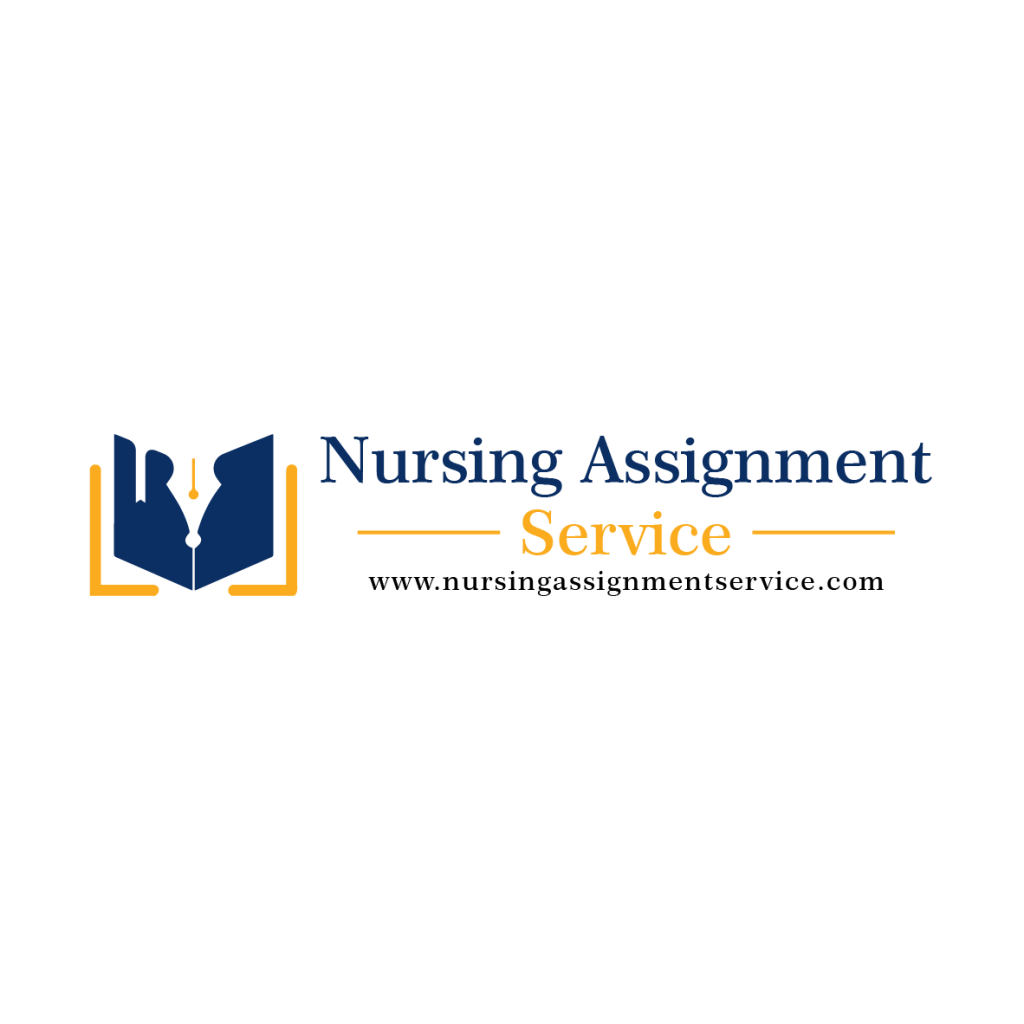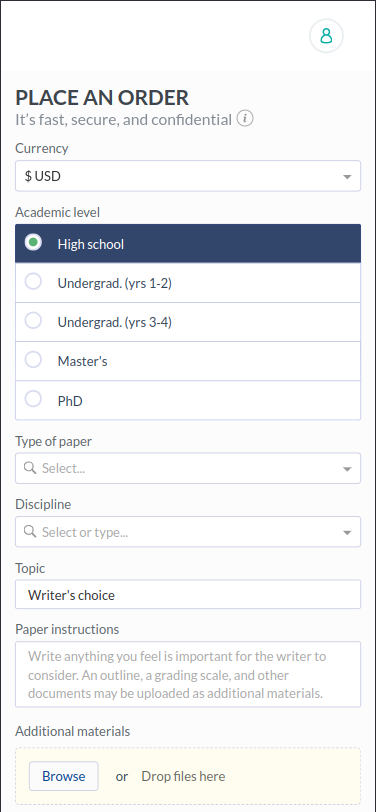Module 2: EENT, Respiratory, Cardiovascular, And Dermatology. Week 6 Knowledge Check Quiz
Question 1
An 8-year-old female has an edematous, mildly erythematous right upper eyelid for 2 days with a fever of 102.9 (F). Which important eye assessment do you need to consider?
A) Pupillary reaction
B) Conjunctival inflammation
C) Ocular mobility
D) Optic disk papilledema
Question 2
Riley, a 12-year-old girl, has scaly, hyperpigmented lesions in a “Christmas tree” distribution. It is predominantly on her trunk. One lesion is on her buttock that is larger than the other, at about 4 cm in diameter. What is your diagnosis?
A) Eczema
B) Pityriasis alba
C) Psoriasis
D) Pityriasis rosea
Question 3
Hannah, age 4, is brought into the office by her father. She complains of a sore throat, difficulty swallowing, copious oral secretions, stridor, and a temperature of 102F. She does not have pharyngeal erythema or cough. What do you suspect?
A) Tonsillitis
B) Group A Strep
C) Diphtheria
D) Epiglottitis
Question 4
An 8-year-old female is brought into the office by her mother. She has complaints of fever and sore throat for the past 2 days. She denies difficulty swallowing but has loss of appetite and mild diarrhea. A few classmates have similar symptoms. A review of systems reveals clear nasal drainage, dry cough, and hoarseness. On exam she has a 101.5 temperature, 3+ erythematous tonsils, and anterior cervical lymphadenopathy. What is the likely diagnosis?
A) Strep pharyngitis
B) Mononucleosis
C) Viral pharyngitis
D) Sinusitis
Question 5
Antibiotic therapy is one of the mainstays of treatment for which of the following causes of wheezing?
A) Asthma
B) Croup
C) Foreign-body aspiration
D) Epiglottitis
E) Bronchiolitis
Question 6
All of the following are consistent with peritonsillar abscess except:
A) Unilateral enlargement of tonsil
B) Exudate on tonsils
C) Muffled voice
D) Trismus
Question 7
While assessing the skin of an infant, you note cafe-au-lait spots. Which disease should be ruled out?
A) Neurofibromatosis
B) Fetal alcohol syndrome
C) Sturge-Weber syndrome
D) Tuberous sclerosis
Question 8
Miguel, age 14, was hit in the eye with a baseball and developed eye pain, decreased visual acuity, and injection of the globe. Upon exam you note blood in the anterior chamber and confirm diagnosis of hyphema. What treatment do you recommend while Miguel is waiting to see the ophthalmologist?
Administer aspirin every 6 hours for pain.
Apply bilateral eye patches.
Wake him every 30 minutes to assess mental status.
Have Miguel lie flat.
Question 9
A 12-year-old girl was brought to the emergency department because of severe sore throat, muffled voice, drooling, and fatigue. She had been sick for the past 3 days and is unable to eat because of painful swallowing. The parents deny any history of recurrent pharyngitis. The patient still managed to open her mouth and you were able to see an abscess at the upper pole of the right tonsil with deviation of the uvula toward the midline. Examination of the neck reveals enlarged and tender lymph nodes. Which of the following is the most appropriate management?
A) Analgesics for pain and follow up in 24 hours
B) Incision and drainage of the abscess
C) Nebulized racemic epinephrine
D) A prescription for oral antibiotics and follow up in 1 week
E) Tonsillectomy and adenoidectomy
Question 10
Mark is in the exam room. You are concerned he may have epiglottitis. In what position do these patients prefer to sit?
A) Supine with neck hyperextended
B) Left lateral position
C) 45-degree upright, resting back
D) Sitting up and leaning forward
Question 11
You diagnose a 16-year-old with acute otitis media and need to prescribe an antibiotic with beta-lactamase coverage. What do you choose?
A) Prednisone (Deltasone)
B) Azithromycin (Zithromax)
C) Amoxicillin and potassium clavulanate (Augmentin)
D) Amoxicillin (Amoxil)
Question 12
A 7-month-old female was brought by her mother to an outpatient clinical because of a 2-day history of fever, copious nasal secretions, and wheezing. The mother volunteered that the baby has been healthy and has not had these symptoms in the past. The infant’s temperature is noted to be 100.7°F, her respiratory rate is 50 breaths/min, and her pulse oximetry is 95% on room air. Physical examination reveals no signs of dehydration, but wheezing is hear on lung auscultation. The infant shows no improvement after three treatments with nebulized albuterol. Which of the following is recommended treatment?
A) Antibiotics for 7 days
B) Initiate synagis
C) Antihistamines and decongestants
D) Supportive care with hydration and humidified oxygen
E) Continued nebulized albuterol every 4 hours
Question 13
Which of the following foreign body in the nose requires immediate removal?
A) Crayon
B) Stone
C) Bead
D) Battery
Question 14
All of the following may predispose a patient to thrush except:
A) Age
B) Steroid therapy
C) Antibiotics
D) Poor oral hygiene
Question 15
Ben has been diagnosed with folliculitis, an inflammatory condition involving the pilosebaceous follicle. What is the most common cause of this condition?
A) Poxvirus
B) Staphylococcus aureus
C) Streptococcus group
D) Microsporum canis tinea
Question 16
You are performing an examination of a 3-year-old who is new to your office. Which finding or findings requires a referral?
A) Speech is 50% understandable.
B) An equal A-P and transverse chest diameter.
C) Speech is 50% understandable and An equal A-P and transverse chest diameter.
D) Heart rate increases during inspiration and decreases during expiration.
E) Can stand briefly on one foot but cannot skip and hop
Question 17
A 16-year-old is brought in as a walk-in by his parents. His parents state that he acutely developed a fever, chills and rash. He has been confused and not answering their questions. On examination he is toxically ill appearing, and is febrile, tachycardic and hypotensive. He is noted to have a diffuse petechial rash. What is the most likely diagnosis?
A) Rocky Mountain spotted fever
B) Meningococcemia
C) Scarlet Fever
D) Lyme disease
Question 18
Which of the following is true regarding the diagnosis of epiglottitis?
A) Child is sitting up in “tri-pod” position and drooling
B) Radiologic finding of “steeple sign”
C) Diagnosis has decreased in incidence due to the HIB vaccine. Child is sitting up in “tri-pod” position and drooling and
D) Diagnosis has decreased in incidence due to the HIB vaccine.
E) Every effort should be made to visualize the epiglottitis in the office and confirm the diagnosis
Question 19
Newborn R.T. has a vascular lesion that will not fade as she gets older. What is your diagnosis?
A) Capillary hemangioma
B) Cafe au lait spot
C) Salmon patch
D) Port-wine stain (nervus flammeus)
Question 20
John is diagnosed with viral conjunctivitis. What type of discharge do you expect to see upon exam?
A) Crusted yellow to brown
B) Stringy and white
C) Purulent
D) Serious and clear
Our team of expert nursing writers at Nursing Assignment Service has answers for your NRNP 6541 Week 6 Knowledge Check questions, place your order here.




